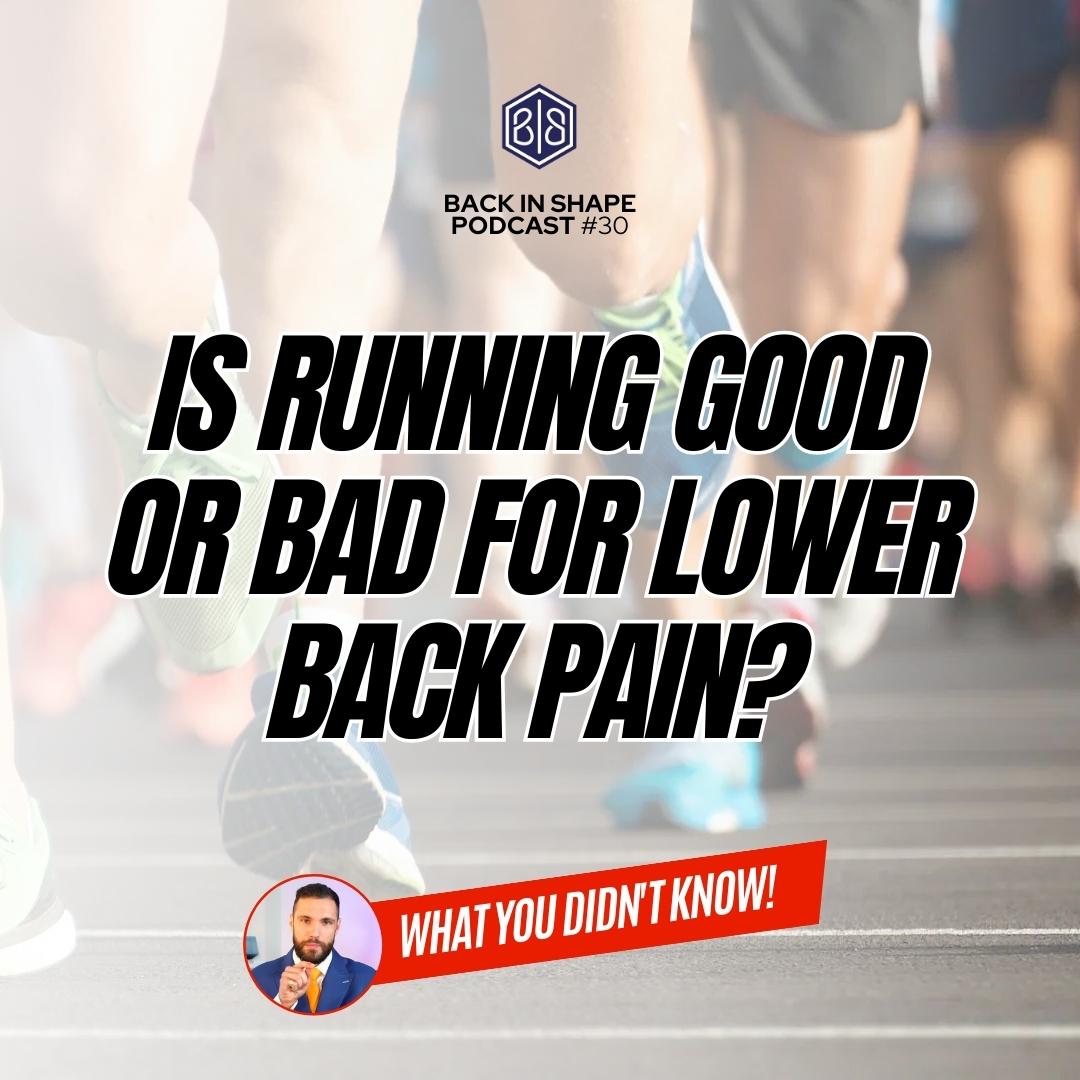Running with a disc bulge
While running can be a great exercise and stress reliever, if you have problems with your spine it can potentially exacerbate the problem. Depending on the severity of the injury, running with a condition such as a disc bulge could likely cause the problem to become much worse. The reasoning behind this is simple, 99% of the cases of disc bulges we see here at The Mayfair Clinic occur as a result of the discs becoming compressed. This condition will begin to cause pain as the bulging disc can apply direct pressure on to nerves around the disc. As a result, repetitive stress and pressure on an already compromised disc that occurs while pounding the streets or treadmill could worsen your symptoms. For example, when a disc begins to compress against the sciatic nerve, you may start to experience pain going down the back of the leg potentially coupled with numbness or weakness in the legs. We offer a variety of treatments and expertise here that can help you overcome the debilitating symptoms that disc bulges can cause, but if you’re looking for different ways to keep fit and healthy we have some recommendations that can help.
It’s not the only culprit
With all that said, running isn’t the only form of exercise that can be potentially hard on your joints or spine. Any high impact sports such as tennis or dancing, or even semi-contact sports such as volleyball, football or badminton can cause potential problems with your spinal health because they require you in most cases to run around and twist the spine to perform certain manoeuvres.
The benefits of low impact on damaged discs
Low impact aerobic exercise is generally recommended if you have a disc problem. If an exercise routine is classed as low impact, this is because it is typically much easier on the joints but is still an effective way to improve your cardio fitness. Examples of this type of exercise include cross training, swimming, cycling, yoga, pilates or even a stair-master if your gym has one – these are all guaranteed to give you a high-intensity workout with less risk of injury. Aerobic exercise can be fantastic for back pain if done the right way, as it is able to boost circulation to the spine, allowing vital nutrients into the area, reduce stiffness in areas that may be problematic for you, and crucially if you’re overweight it can help to relieve the pressure from compromised areas of the spine by helping to shift excess weight.
Cross Training for low back pain caused by disc bulges
There are many low impact exercises that come most often recommended, able to give you a strong workout with little risk of injury to your joints. Cross training using an elliptical machine can be a fantastic alternative to running as it’s mimics the motion of running and is able to give you a completely customisable cardio workout without the pounding on your joints. Not only does it work out your legs, but it’ll also help tone your arms, shoulders and back muscles by using the arm handles. This sort of low impact movement really helps injured discs in particular as the movements are not excessive and sit within a relatively small range – no one joint is being moved to the end of its normal limit.
Correct method to rehab from a lower back disc injury
In the clinic many of the patients that visit us are suffering from some degree of disc damage, be this a slipped or bulging disc, or something more severe. Our whole clinic is built to help these patients specifically. The technologies the clinic has invested in as well as our rehabilitation protocols.
Seeing the success that we’ve had with patients, we decided to put these protocols into a program we can the ‘Back In Shape’ Program. It’s a series of 3 Phases of exercises to get you out of crisis and strengthening your back again. It removes the doubt, with regards to which exercises to do or avoid, and ultimately if followed got get you back into running if you so wish!
We’re really proud of what we’ve managed to create and the feedback we’ve had from patients from around the world has been overwhelmingly positive. If you’re interested in fixing your back pain from home then click the link here to learn more.

Fix Your Back Pain From Home
We’ve created our back pain program, the Back In Shape Protocol. This is a series of units, educational content as well as supporting protocols and much more to help you deal with back pain and get your back in shape.
Swimming for herniated and slipped discs
Swimming is usually a firm favourite amongst those suffering with back pain as it can be adapted depending on the problem that you have. The water can significantly reduce stress on the joints, while swimming on a regular basis can strengthen your core and back muscles, the most important ones for stabilising your spine. It’s still possible to have improper form while swimming, which carries its own risk of injury, but generally backstroke is often the most recommended method of swimming for those with back pain as it doesn’t require the back to arch. If you compare this to front crawl, your back can be over-extended with every arm stroke while your neck is required to twist frequently and quickly to allow you to breathe.
Ultimately we like swimming so much for people with disc bulges or herniations because it places the body in a close-to “zero gravity” environment but you need to get into some more load bearing exercises in the future!
Yoga for lower back disc bulges
However, it’s yoga that tends to be the most recommended if you have back problems. Yoga poses allow the body to stretch while building strength and flexibility. When done correctly, with poses that are properly tailored towards your limitations yoga can provide relieving care for your back while also helping to prevent problems with your spine reoccurring. It’s important to talk to a professional if you’re experiencing back pain to have your spine assessed so that you can find out which yoga positions you would need to avoid or adjust to cater to your individual condition. It’s also vital that if you experience any strain in your back while performing any yoga poses, that you adjust the pose or skip it entirely, to prevent any damage to your spine.
We normally advise yoga a little later on in the recovery process as it is the one that is easiest to get wrong, and if you’ve ever had a slipped disc yourself you’ll know, the last thing you want is for it to get worse!
While this guide can provide you with an insight into alternatives to running to kick-start healthier lifelong habits, it can be incredibly useful to have your spine assessed to find out which of these forms of exercise is going to be most beneficial for you. At The Mayfair Clinic we assess your spine, provide a diagnosis if you have any new or existing back problems and provide treatment to overcome any pain or discomfort you are experiencing.
Call us today for your examination, diagnosis and first treatment including any x-ray imaging if needed on 0203 947 3222 or email our friendly and knowledgeable team at info@themayfairclinic.com.
Contact Us.
Email Us
info@themayfairclinic.com
Call Us
0203 947 32 22
Clinic Address
4 Cavendish Square, London, W1g 0PG.
